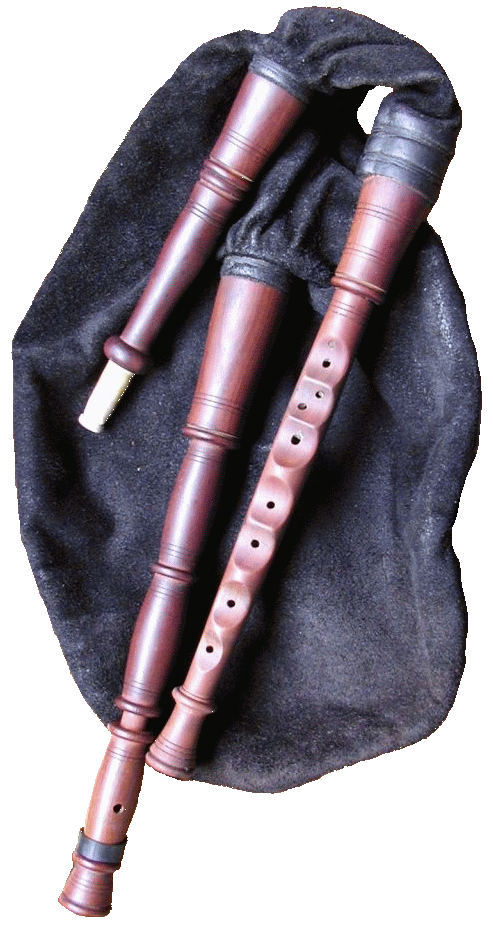

| Introduction | The instrument | The music | Maintenance | References |
| Revival | Extensions | How to play | Reed making | Links |
| Tunes for beginners | Tuning | Donate! | ||
| Synthetic reeds |


|
Swedish bagpipesIntroduction
"No one is me like,
So, at least the instrument has been known for a long time. There is hardly any evidence that the bagpipes were also played in Sweden in the middle ages, but there is little reason to doubt it - Sweden was under heavy cultural influence from central and western Europe at the time. Later reports, from the 17th-19th century, describe situations including bagpipes in an off-hand way, not as an exotic instrument. At least once it was even referred to as a Swedish national instrument:
except Per Lasseson the white, and Johan with his pipe." Master Eghil, caption to a painting of a bagpiping pig(!) in Edebo church, Uppland, 1515.
"Both the bagpipe and the nyckelharpa, our land's national instruments, offered this bass to the dances."
But only one bagpipe model survived the battle with the less demanding fiddles and accordions, to see the 20th century. In western Dalarna, bagpipes were still common in the 19th century, and the last traditional piper was heard playing the pipes as late as in the 1940's. Gudmunds Nils Larsson (1892-1949) knew only a handful of tunes, but, being the last known piper, he became an essential link to the past.
C.A. Mankell, about the use of drones in Swedish music history, 1864.
|
| Olle Gällmo | http://olle.gallmo.se | olle@gallmo.se |
